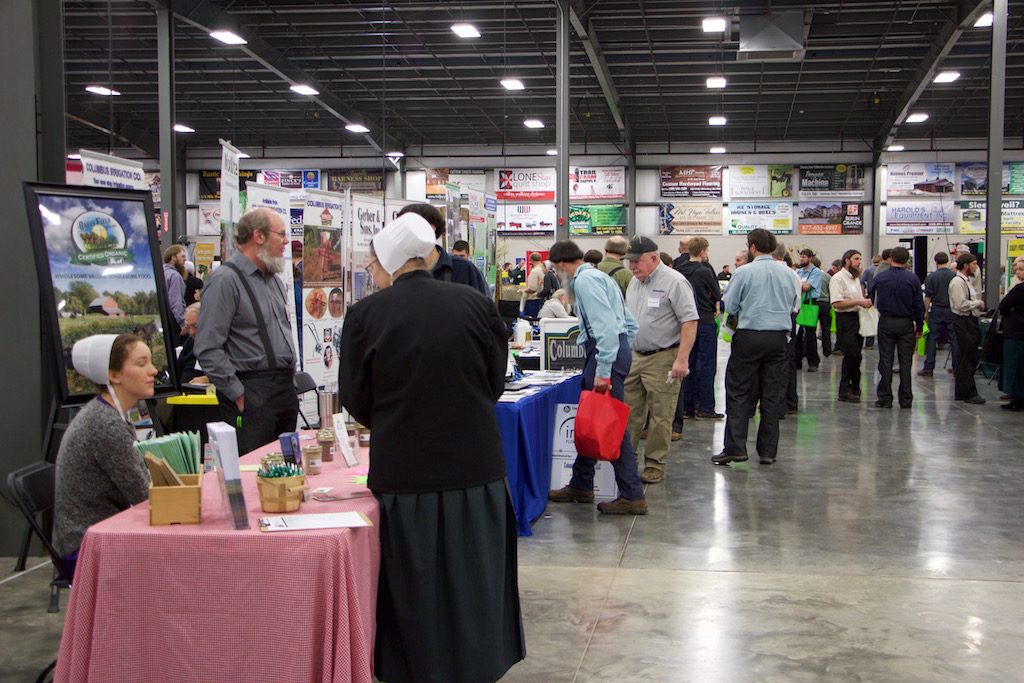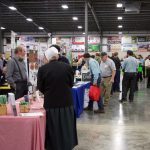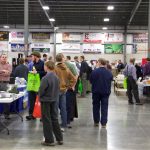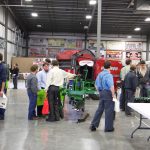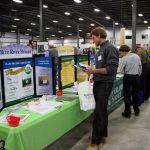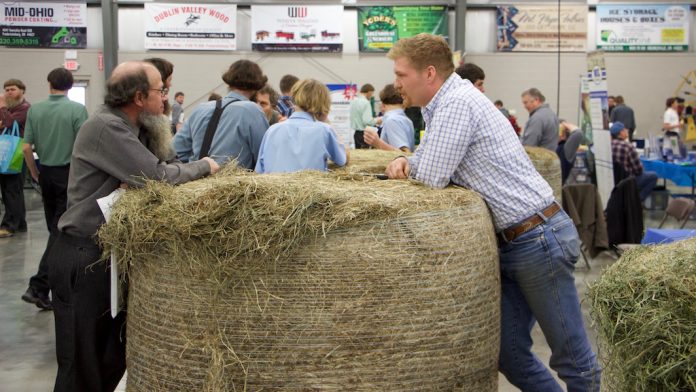
MOUNT HOPE, Ohio — Across the globe, one of the biggest challenges to agriculture is soil health.
“The same problems we see here exist globally,” said Allen Williams, a sixth generation farmer from Mississippi, founding partner of Grass Fed Beef, LLC, Grass Fed Insights, LLC, Soil Health Counseling, LLC, and partner in Joyce Farms Inc.
One of the biggest problems farmers face: soil degradation.
According to Williams, we are on the verge of another Dust Bowl if we do not correct issues with our soil.
The North Central Ohio Grazing Conference, held Jan. 25-26 at the Mount Hope Event Center, covered a variety of topics all leading back to the productivity of forages in pastures and soil health.

Can we define healthy soils? asked Williams. While we may know of a soil that is healthier than another soil, all soil has been degraded over the years, he explained.
“Soil should be alive,” he said. Ninety percent of soil function is mediated by microbes, and microbes depend on plants.
“So, how we manage plants is critical,” said Williams.
Plant diversity
He suggested using a diverse mixture of plants in pastures to gain a stronger root system and to attract different microbes and beneficial insects to the soils.
“When we can restore vibrant microbe life to the soil, we get better (soil) health than applying fertilizer. And it’s free.”
And it all comes back to how we manage that soil.
Good pasture management is basically managing your resources, said Bob Hendershot, vice chair of Green Pasture Services. Farmers can build organic matter by managing their pasture fields.
Overgrazing
One of the challenges to raising grass-fed livestock is overgrazing.
Farmers have to learn to efficiently manage their own cattle because, “cows don’t make good managers,” said Hendershot.
“Farmers need to be in control of managing their pastures,” he said. “You wouldn’t offer all the hay to your cattle at one time, so why offer all the pasture at once.”
Hendershot said a rotational grazing setup not only offers maximum grazing potential for the cows but also allows the pasture to have a critical rest period for regrowth.

Recovery time for grasses can range from 10 to as many as 60 days depending on the season, weather and the type of soil.
Hendershot suggests dividing large pastures into as many as five small paddocks and rotating cows from one paddock to the next at least once a week.
Farmers should avoid grazing cows on one paddock for more than seven days. This system allows paddocks to rest for up to 28 days.
“The longer the rest period, the more productive the pasture will be,” said Hendershot.
A good rule of thumb is to graze livestock when grass is 6 to 8 inches high. Graze one half of the pasture and leave one half.
Grazing 50 percent will leave enough leaves to provide energy to the root system through photosynthesis, but grazing at just 10 percent more (60 percent) can reduce the root re-growth by 50 percent, said Hendershot.
Managing pastures
Understanding how grasses grow and recover is only part of the equation for good pasture management. Farmers also need to know how much forage they have available and how much their livestock will consume.
Producers can do this by physically walking their pastures and using a tool such as a pasture stick to measure pasture length and the amount of dry matter available in the field.
Observation — the ability to judge forage growth weeks in advance — is one key to pasture management. “You can’t just look at where you are at, you have to look at where you are going to be,” said Hendershot.
And while farmers may take the time to develop a good management plan, they should also plan to be flexible. Mother Nature doesn’t always follow your best laid plans, so don’t be rigid, he said.
Related: Can you improve forage yield potential?
Cover crops
Williams said, maintaining a year-round living cover is also beneficial to the soil.
When pastures are “grubbed down tight,” or overgrazed, the soil is exposed to the elements. In the summer months, this means the open ground heats up fast and soil moisture is lost, explained Williams.
This also affects how livestock graze. If the ground temperature is too hot, cattle will seek out cool places to retreat during the heat of the day, such as wooded, or shaded areas.
If cows are spending more of their time in these cooler locations, chances are they are also fertilizing these areas more than the rest of the field.
However, if forages are kept lush and full of moisture, and the ground temperature is cooler, cattle will not feel the need to retreat.
Farming is a business
Farmers are constantly looking for ways to improve their operations by making them more efficient.
“If you are running and managing a farm, it’s a business,” said Jeff Miller, of Bear Cave Farm in Dundee.
At the end of the day, farmers need to ask themselves, “are you working in the business or on the business?”
Farmers should focus on working on the business rather than just working in the business if they want to make it better. “It’s not how hard you work, it’s about working on the things that are important,” he said.
But it’s not about all work and no play. Miller encourages taking a vacation when you can. “You need a break every now and then.”
North Central Ohio Grazing Conference tradeshow
